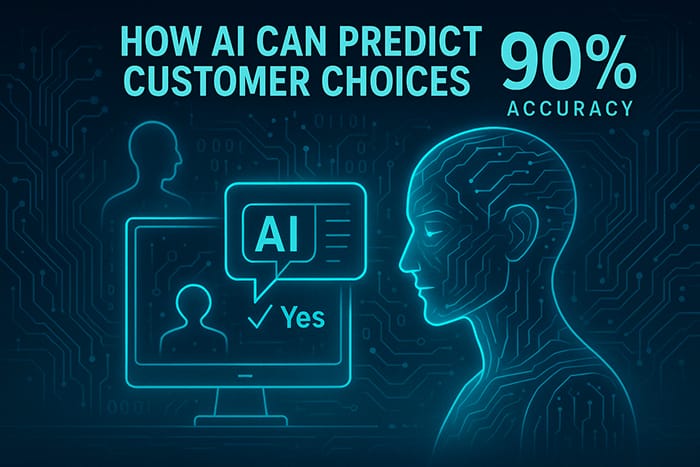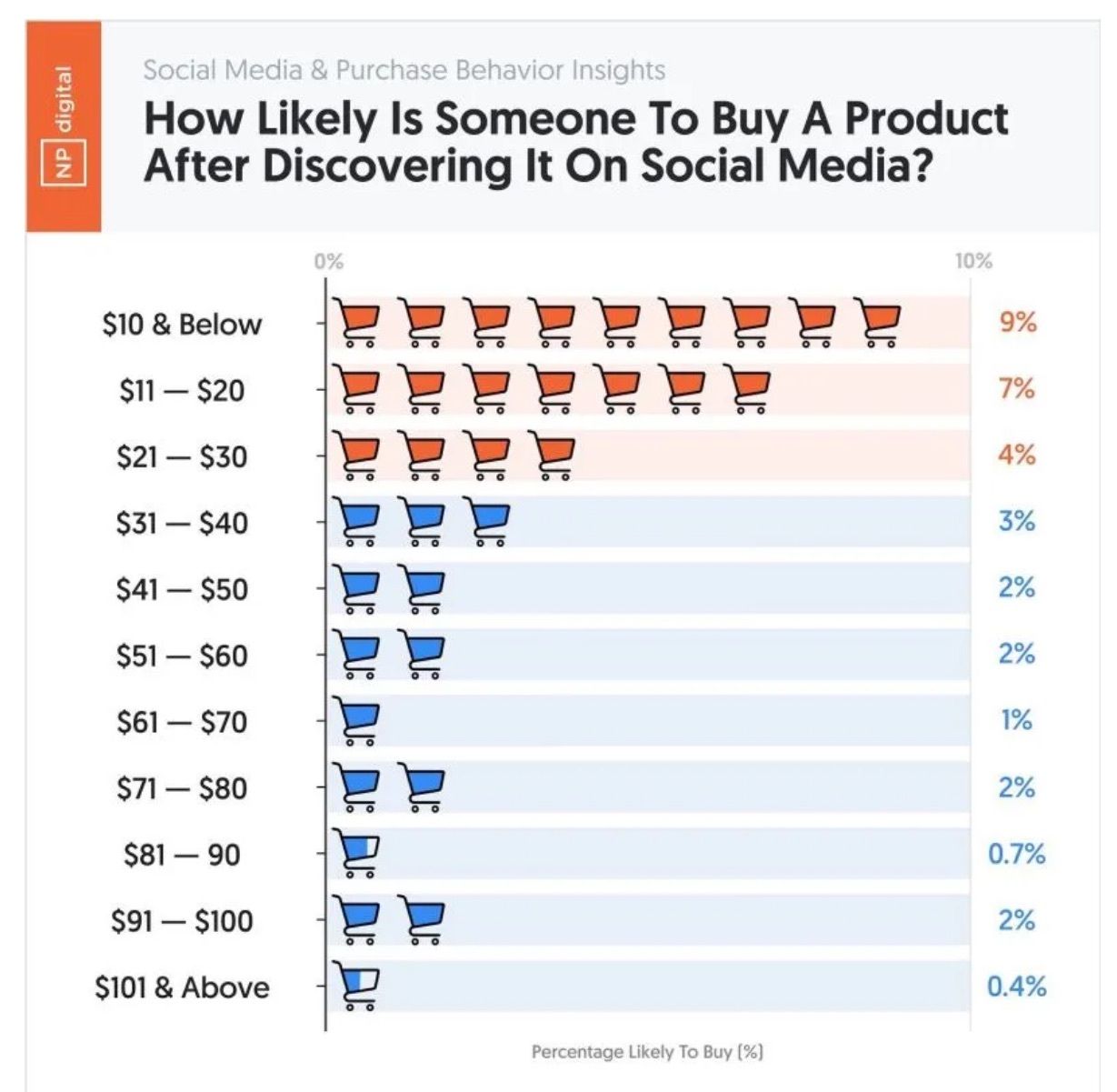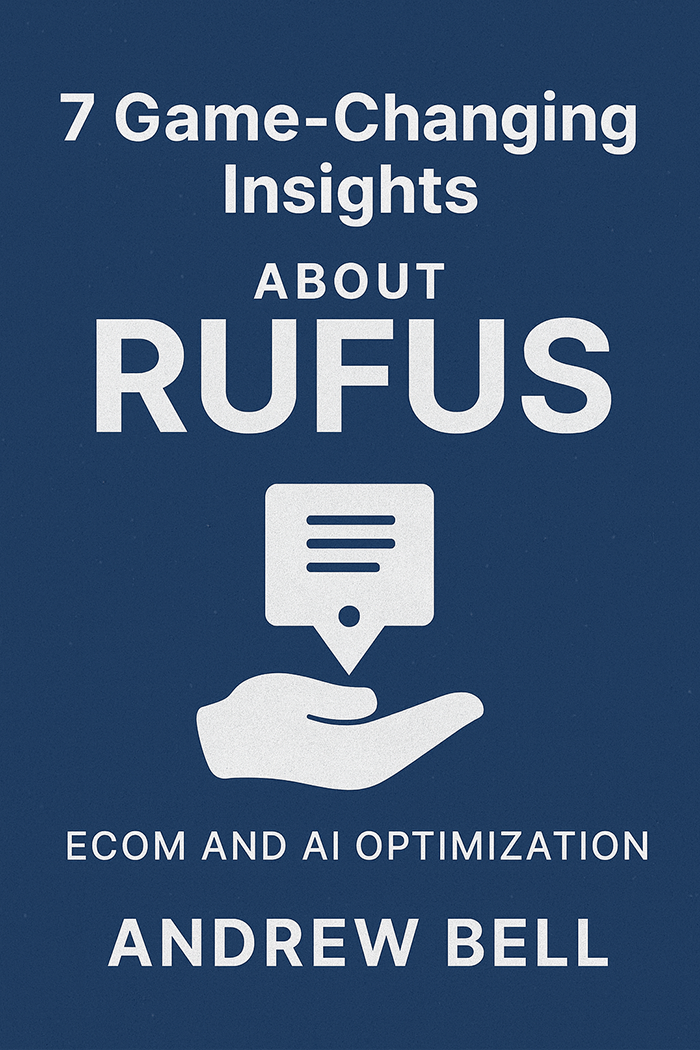- Billion Dollar Sellers
- Posts
- [ BDSN ] Do this before spending a single dollar on inventory or ads
[ BDSN ] Do this before spending a single dollar on inventory or ads

 | STUMP BEZOSDespite mixed reviews and a clunky start that is getting better, how much PROFIT does Amazon expect from Rufus in 2025? [ Answer at bottom of email ] |
Every Amazon seller hits that moment.
You’re doing everything right: the ads are running, listings are optimized, revenue’s in the seven figures, and yet, you’re still chained to the grind.
80-hour weeks. Constant firefighting. Margins that shrink while your effort multiplies.
That’s what sparked a private ESS webinar, a closed-door session for top sellers ready to break that pattern.
We called it The 6R Revolution. It’s a system built to create self-running empires that grow even when you step away.
The room went silent when Liz revealed how each “R” connects to form an unstoppable Amazon growth flywheel.
Now, for a short time, that replay is open to the public.
✅ Why most 7-figure sellers stay trapped in “busy” mode
✅ How top sellers scale to 8-figures with 1/3 the effort
✅ The complete 6R framework — revealed step by step
If you’re ready to free yourself from the constant hustle, this replay could change how you see your business forever.
🎥 Watch the 6R Revolution Replay Now —> Limited Access

👀 HOW AI CAN THINK LIKE YOUR CUSTOMERS
Imagine you're selling lemonade and want to know if kids will buy it. Usually, you'd need to ask hundreds of real kids what they think. But what if you could ask a really smart computer to pretend to be those kids instead, and get answers that are 90% as accurate as asking real people?
That's exactly what this groundbreaking research just figured out how to do.
Scientists taught AI (specifically something called a Large Language Model, or LLM) to act like different types of shoppers.
Here's how it works:
The Old Way:
Survey 300 real people about a product
Wait days or weeks
Pay thousands of dollars
Get answers that might be biased
The New Way:
Tell the AI: "Pretend you're a 35-year-old mom from Texas who makes $50,000 a year"
Show it a picture of your product
Ask: "Would you buy this?"
The AI writes what that person would think
Compare the AI's answer to pre-written "reference statements" to score it
The crazy part? The AI got it right 90% as accurately as asking real people.

Why This Is Mind-Blowing
No Training Needed: They didn't have to teach the AI anything special. They just used regular ChatGPT-style AI right out of the box.
Beat Traditional Methods: When they tried using old-school computer programs (machine learning that looked at customer data), those only got 65% accuracy. The AI approach got 88-90%.
It Actually Understands Context: The AI didn't just pick random numbers. It wrote thoughtful responses like:
"I'm somewhat interested. If it works well and isn't too expensive, I might give it a try."
"Seems kinda bougie for body wash. I'll stick with what I know."
Real personality. Real reasoning. Not just cold statistics.
How E-Commerce Sellers Can Use This RIGHT NOW
Here's what becomes possible:
1. Test Products Before You Make Them
Create 5 different product concepts
Have AI "customers" from different demographics review each one
See which concept scores highest
Only manufacture the winner
Example: You're launching a new backpack. Instead of guessing, create AI personas of:
College students
Business professionals
Outdoor enthusiasts
Parents
Test which design resonates with each group before spending $10,000 on inventory.
2. Write Better Product Descriptions
Show your product page to AI customers
See what concerns they raise
What features do they care about?
What makes them say "definitely yes" vs "maybe"?
Use those insights to rewrite your listings to address actual objections.
3. Price Testing Without Risk
Create AI panels at different income levels
Test price points: $29.99 vs $39.99 vs $49.99
See where purchase intent drops off
Find your optimal price point
4. Demographic Targeting
The research showed AI accurately mimicked how different groups respond:
Age patterns: Middle-aged people showed higher interest than young/old
Income sensitivity: Lower-income personas were more price-conscious
Category preferences: Different demographic groups preferred different product types
This means you can predict which customer segments will buy before spending a dollar on ads.
5. A/B Test Everything (Without Real Traffic)
Different product images
Different packaging designs
Different brand messaging
Different bundle options
Run all your tests in AI first, then only invest in real A/B testing for the winners.
Why This Is Different from Regular Data Analysis
Old approach: Look at what customers did in the past
"20% of visitors clicked the buy button"
"Average order value was $47"
"Conversion rate was 3.2%"
New approach: Simulate what customers will do in the future
Model specific personas
Understand why they buy or don't buy
Get psychological insights, not just numbers
The paper's key phrase: "This shifts from analyzing past data to simulating future customer behavior."
The Secret Sauce: Semantic Similarity Rating (SSR)
Here's the clever trick that makes this work:
Instead of asking AI "Rate this 1-5," which gives weird results, they:
Ask AI to explain its feelings in plain English
Compare that answer to five reference statements (one for each rating level)
Use similarity matching to figure out the score
Why this matters: AI is much better at explaining things than picking numbers. This method plays to its strengths.
Real Results from the Study
They tested this on 57 actual product surveys with 9,300 real people who rated personal care products.
The AI method:
Matched the distribution of ratings (how many 1s, 2s, 3s, 4s, 5s)
Ranked products in the same order as humans
Showed the same demographic patterns (age, income effects)
Even wrote more detailed feedback than most humans gave
Direct quote from a synthetic customer: "The ease of use and safety are appealing, but I'd want to know more about its effectiveness and any potential side effects."
That's not robotic. That's human-level reasoning.
The Bigger Picture: We're Entering a New Era
This isn't just about surveys. This represents something profound:
We can now model human behavior without humans.
Think about what becomes possible:
Instant focus groups for any product idea
Personalized marketing tested on AI twins of your customers
Risk-free innovation (test 100 ideas, only build the best one)
Hyper-targeted products designed for specific customer segments
As one insightful observer noted: "Some brands nail their customer understanding, while others fall short. This reveals exactly who the customer is, down to the topics, interests, and triggers that drive action."
The Bottom Line for Sellers
You no longer need to guess what customers want. You don't need expensive market research firms. You don't need to wait weeks for survey results.
You can:
Define your target customer
Feed their profile to an AI
Show the AI your product
Get near-human-level feedback
Iterate and improve
Repeat until you have a winner
All before spending a single dollar on inventory or ads.
This is the future of e-commerce product development. The brands that figure out how to use this first will have an enormous competitive advantage.
The researchers conclude: "When paired with appropriate methods, LLMs can serve as valid synthetic consumers for concept testing."
The computer can now pretend to be your customer so well that it's almost as good as asking real people.
And that changes everything.

🔭 WALMART and OPEN AI PARTNER to INTEGRATE SHOPPING
Walmart and Sam's Club have announced a strategic partnership with OpenAI that will fundamentally change how customers shop.
This move signals a major shift in retail that could impact traffic patterns across all e-commerce platforms, including Amazon.

Direct ChatGPT Integration: Customers can now complete Walmart purchases directly within ChatGPT conversations with no need to visit Walmart's website or app. This creates a new shopping channel entirely outside traditional marketplaces.
Proactive vs. Reactive Shopping: The AI learns customer preferences and anticipates needs before customers even search. This means competing retailers are now intercepting purchase intent earlier in the customer journey, potentially before shoppers ever reach Amazon.
Walmart's Broader AI Strategy: This partnership extends Walmart's existing AI capabilities, including enhanced product listings, faster customer service, and improved associate training—all areas that directly compete with Amazon's operational advantages.

🌎 INTERESTING STATS


🤖 HOW to OPTIMIZE for RUFUS on AMAZON
This is part 2 of Andrew Bell’s deep dive on how Rufus is changing the way your products are being discovered on Amazon. Read part one first in Monday’s newsletter.
How to Optimize for Rufus
1. Map Your Product's Connections Ergonomic office chair connects to:
Remote work setup → desk → chair → monitor arm
Back pain solution → assessment → chair → standing desk
Home office upgrade → furniture → chair → décor
2. Make Your Product Easy to Discover A yoga mat should work for:
Fitness goals
Joint health
Home gym setup
Meditation
Physical therapy
Travel workouts
Each pathway needs different signals in your listing.
3. Help Complete the Mission "Everything needed for X (no additional purchases required)" "Pairs with [items] to complete your setup"
4. Align with Rufus's Thinking
Old Way: Optimize for keywords
New Way: Optimize for storylines
Answer questions Rufus needs answered:
"Is this for beginners?" → Address experience level
"Works in small spaces?" → Give dimensions
"Pairs with [item]?" → Highlight compatibility
5. Add Context Everywhere
Weak: "Yoga mat, 6mm, non-slip"
Strong: "6mm yoga mat perfect for home practice and studios. Non-slip for hot yoga. Eco-friendly materials for mindful living. Physical therapist-recommended thickness for joint support. Pairs with blocks, straps, and bolsters."
6. Memory Builds Loyalty
If a customer likes your kitchen organizer, Rufus remembers. When they need pantry solutions later, your brand has an advantage.
This means:
First purchase quality is CRITICAL
Bad experiences stick
Good experiences lead to more recommendations
Design product families customers can grow through
7. Outside Reputation Matters
Rufus checks websites, reviews, and expert opinions. A critical YouTube video can hurt your recommendations.
Build authority through:
Getting featured in buying guides
Earning expert reviews
Winning awards
Creating helpful content others share
8. Balance Old and New SEO
Keep doing (Keywords):
Research core search terms
Optimize titles
Fill backend keywords
Track rankings
Add this (Context):
Problem-solution language
Use case specifics
Lifestyle alignment
Mission integration
Outcome framing

Your Action Plan: Preserve, Evolve, Build
Keep:
Keyword research
Title optimization
Backend terms
Category accuracy
Performance tracking
Why: Keywords tell Rufus WHAT your product is. Without them, you won't even be considered.
EVOLVE: Product Content 🔄
Transform this: "Stainless steel chef's knife, 8-inch blade, ergonomic handle"
Into this: "Professional 8-inch chef's knife for home cooks building skills. Handles daily meal prep from weeknight dinners to weekend entertaining. Ergonomic handle reduces fatigue. Used in 5,000+ home kitchens. Pairs with cutting board, honing steel, and knife block."
What to change:
Descriptions → Mission stories
Bullet points → Benefits with context
Images → Show realistic use
A+ Content → Customer journey maps
Q&A → Proactive mission support
Start with: Your bestsellers and products with high traffic but low conversion.
1. Map Your Product's Missions
Example: Camping Tent
Mission 1: Family camping (needs: safety, comfort, easy setup)
Mission 2: Backpacking (needs: light weight, durability)
Mission 3: Festival shelter (needs: quick setup, style)
Mission 4: Emergency prep (needs: reliability, storage)
For each: What do they care about? What else do they need? What worries them?
2. Create Bundle Paths
Design product families for mission completion:
STARTER: Basic coffee maker ($50)
↓
CORE: Espresso machine + grinder ($300)
↓
ENTHUSIAST: Full setup with frother + scale ($600)
3. Build External Authority
Short-term (0-6 months):
Submit for reviews
Contact niche influencers
Participate in roundups
Long-term (18+ months):
Become category expert
Create research others cite
Build industry relationships
The shift is simple:
Old: Get found → Convert
New: Get found → Fit the mission → Help completion → Build relationship
The sellers who win won't just optimize for algorithms—they'll create products and content that genuinely help customers succeed. Rufus is smart enough to know the difference.

🔥 MORE HOT PICKS 🔥
🥃 PARTING SHOT
“The customer is not a moron. She is your wife.”
✌🏼 Have a great weekend.
See you again on Monday.
The answer to today’s STUMP BEZOS is
Amazon expects to make $700 million PROFIT from Rufus in 2025


